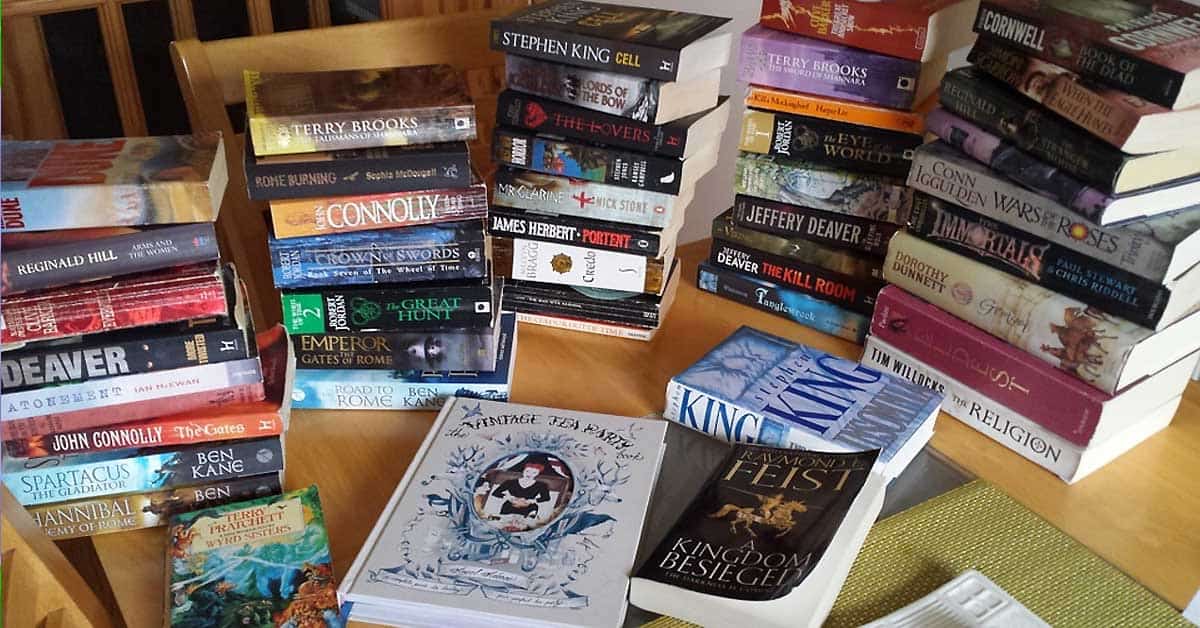
How to choose a design for your book if you’re not artistic
Even if you don’t plan an designing your own cover, it’s important to understand what needs to happen so you can brief someone else more effectively – otherwise you run this risk of losing control of how your book is presented and feeling disappointed with the final result. Here are some hints and tips you can use to make some good decisions about your book cover.
1. Choose an appropriate colour scheme
The book cover colours you choose will depend on the emotions or feelings you want your cover to evoke. Your book cover design professional should use a combination of colours that speak to your topic and attract your target audience.
- lighter pastel colours are calming and peaceful, making them suitable for creating a soothing and nurturing feel, which works well with many personal journey style books
- strong, solid colours work well for suggesting power, strength and dynamism which works well for how to books and tips
- bright primary colours are fun and attract children – they also work well for humorous books
- choose book cover colours that suit the topic you want to write
- which colours did your competitors choose?
As a general rule, you’ll want to limit the number of colours to 2 to 4; otherwise the cover can look a bit jumbled and busy. If you’ve decided to use a photo or illustration on the cover containing several colours, the rest of the cover should employ just one or two at most colours that complement the image. You need
- a main tone for your book cover image (if you’re using one)
- accent colour(s) for your title, subtitle and your name
2. Make sure you have enough colour contrast
- Use light text colours against dark backgrounds.
- Use dark text against light backgrounds
- Avoid having very strong, vibrant colours together
- Use a border when you have graduated backgrounds to make sure all the text can be read
 Make sure if you have very strong colours together, they work harmoniously and don’t jar – for example avoid a vibrant red with vibrant blue Designers refer to this as “contrast” for the grey examples above and “saturation” for the coloured ones.
Make sure if you have very strong colours together, they work harmoniously and don’t jar – for example avoid a vibrant red with vibrant blue Designers refer to this as “contrast” for the grey examples above and “saturation” for the coloured ones.
Despite is being easy to fix, you will be surprised at the number of book covers printed dark on dark or light on light, which washes out the impact. Don’t make that mistake – make it super-clear for your readers. Ask yourself – who is going to slow down scrolling through a list of book cover thumbnails in Amazon and devote time to working out what your cover is actually about?
My guess is no one, they’ll just keep scrolling.
You must choose a design that is very easy for your customers to interpret. The first colour is called the predominant colour – the main theme colour. The secondary colour(s) represent the accent(s), which should be used sparingly in the typeface or as a border or design element.
Front cover design decisions
Here are some tips to help you come up with your book cover design. Remember, you can dramatically reduce the design time by taking inspiration from others. If you’re not sure what you’re aiming for, don’t stare at a blank canvas – as always gather some ideas from books in your niche first.
3. Imagine a reader looking for your book
What sort of cover might they be looking for if they were browsing their local bookshop for a book like yours? What imagery would help them know they have the right book for them?
4. Browse many covers
Go to Google images, Amazon or Barnes and Noble and peruse covers in your genre. Which ones stand out? Bore you? Annoy you? Confuse you? Which would draw you to buy it? It can be tough to convey what you have in mind to a designer. Having an example can help us explain what you mean and relay your ideas to others.
5. Make sure it looks fabulous small
With readers buying continually more books via iPads, smart phones and e-readers, it only makes sense that your cover look sharp and are easy to read when they are shrunk down to thumbnail size.
6. Keep your margins consistent
Always allow a little bit of breathing space around the elements on your cover so it’s doesn’t look squashed in. 7. Avoid clutter Using one main image, not cluttering up the background and using readable, pleasing-to-the-eye font looks really crisp and clean. Let’s face it, clutter is generally unappealing.
8. Go with your gut
While others’ opinions can help tremendously, choosing a cover that pleases others but doesn’t sit well with you personally isn’t wise. As with all aspects of writing, I believe that our instincts know best. Like deciding on Mr./Mrs. Right, you “just know.” if it’s going to work.


